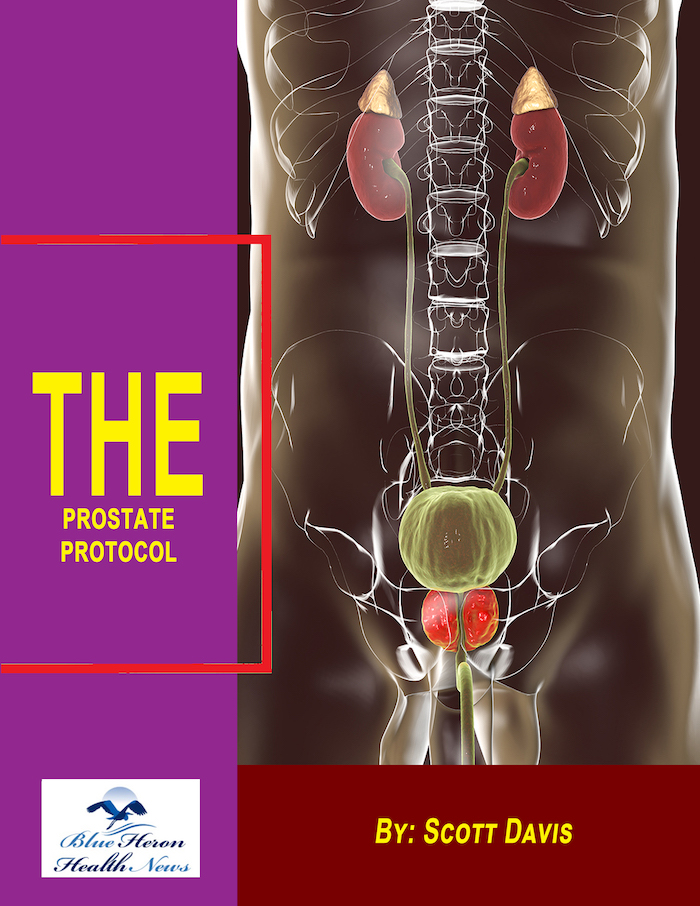
The Prostate Protocol By Scott Davis The Prostate Protocol can come to the rescue of all those who want a natural solution for prostate enlargement. It will address the root cause and treat the condition naturally. Also, there will be many other benefits. After following the program, one can live a healthy and stress-free life. More importantly, you can consider a refund if you do not find it useful for you.
What is the relationship between prostate enlargement and smoking?
The relationship between prostate enlargement (also known as benign prostatic hyperplasia, or BPH) and smoking is not as direct as some other risk factors, but smoking can still contribute to the development and progression of prostate issues. Here’s how smoking can affect prostate health:
1. Increased Risk of BPH Progression
- Chronic Inflammation: Smoking contributes to systemic inflammation throughout the body. This chronic inflammation may exacerbate the growth of prostate cells, potentially accelerating the progression of benign prostatic hyperplasia (BPH), where the prostate enlarges and presses on the urethra.
- Impact on Hormonal Balance: Smoking may alter hormone levels, such as testosterone, which can play a role in the development of BPH. Inflammation and oxidative stress caused by smoking may also influence the way prostate cells respond to hormones, potentially leading to abnormal cell growth.
2. Association with Prostate Symptoms
- Worsening Urinary Symptoms: Smoking is a risk factor for lower urinary tract symptoms (LUTS), such as frequent urination, urgency, and weak stream, which are often seen in BPH. Smoking may exacerbate these symptoms by contributing to bladder irritation or dysfunction.
- Bladder Dysfunction: Smoking can impair bladder function and increase the risk of bladder infections or overactive bladder, which can compound the urinary symptoms associated with BPH.
3. Impact on Prostate Cancer Risk
- While the direct link between smoking and prostate cancer (especially aggressive types) is still under investigation, smoking is widely recognized as a risk factor for cancer in general. Some studies suggest that smoking may increase the risk of developing advanced prostate cancer and might also make the disease more aggressive.
- Oxidative Stress: Smoking generates free radicals and oxidative stress, which can damage DNA and increase the risk of mutations in prostate cells. This may also increase the likelihood of developing more aggressive forms of prostate cancer.
4. Reduced Effectiveness of Prostate Treatments
- Impact on Surgery and Medication: Smoking can negatively affect the effectiveness of treatments for BPH. For example, smokers are at higher risk for complications from prostate surgery, and smoking can reduce the effectiveness of medications used to manage BPH symptoms.
5. Indirect Effects on Overall Health
- Cardiovascular Health: Smoking increases the risk of cardiovascular disease, which can affect blood flow to the prostate and bladder, possibly worsening symptoms of BPH. Reduced circulation may contribute to urinary retention or other issues related to prostate health.
- Overall Immune Function: Smoking weakens the immune system, making it harder for the body to combat infections or other conditions that may affect the prostate.
How to Mitigate the Risks
- Quitting Smoking: The most effective way to reduce the risk of prostate problems related to smoking is to quit. Stopping smoking can lower systemic inflammation and improve overall health.
- Healthy Diet and Lifestyle: A diet rich in antioxidants, regular exercise, and proper hydration can support prostate health and help manage symptoms of BPH.
- Prostate Health Screenings: Regular checkups, including screenings for prostate issues, are crucial, especially for men with a history of smoking or those at increased risk for prostate problems.
Would you like to explore lifestyle changes or treatments that can help with prostate enlargement or manage smoking-related risks?